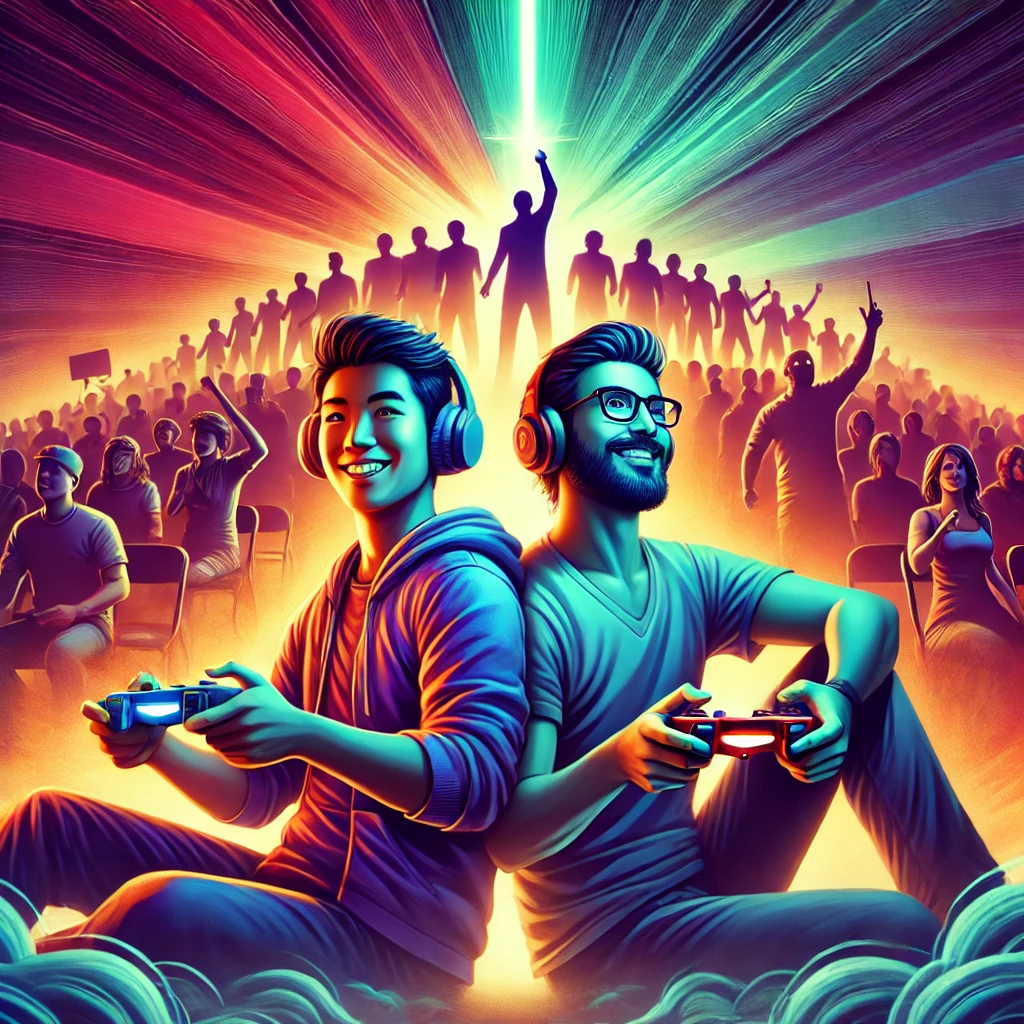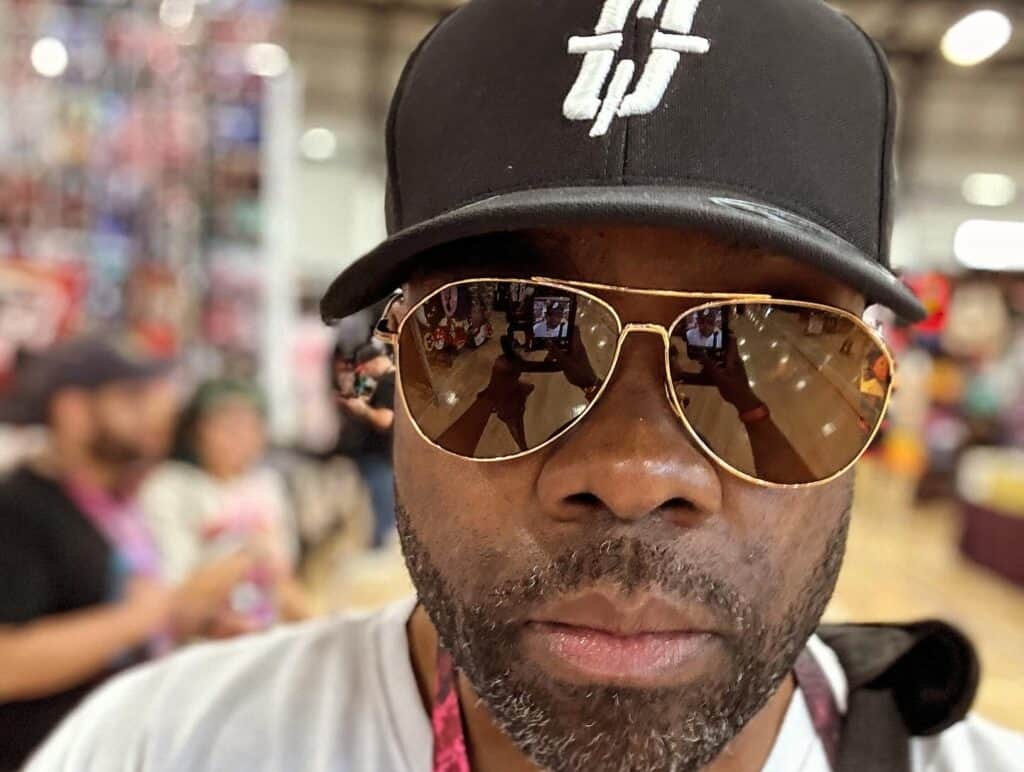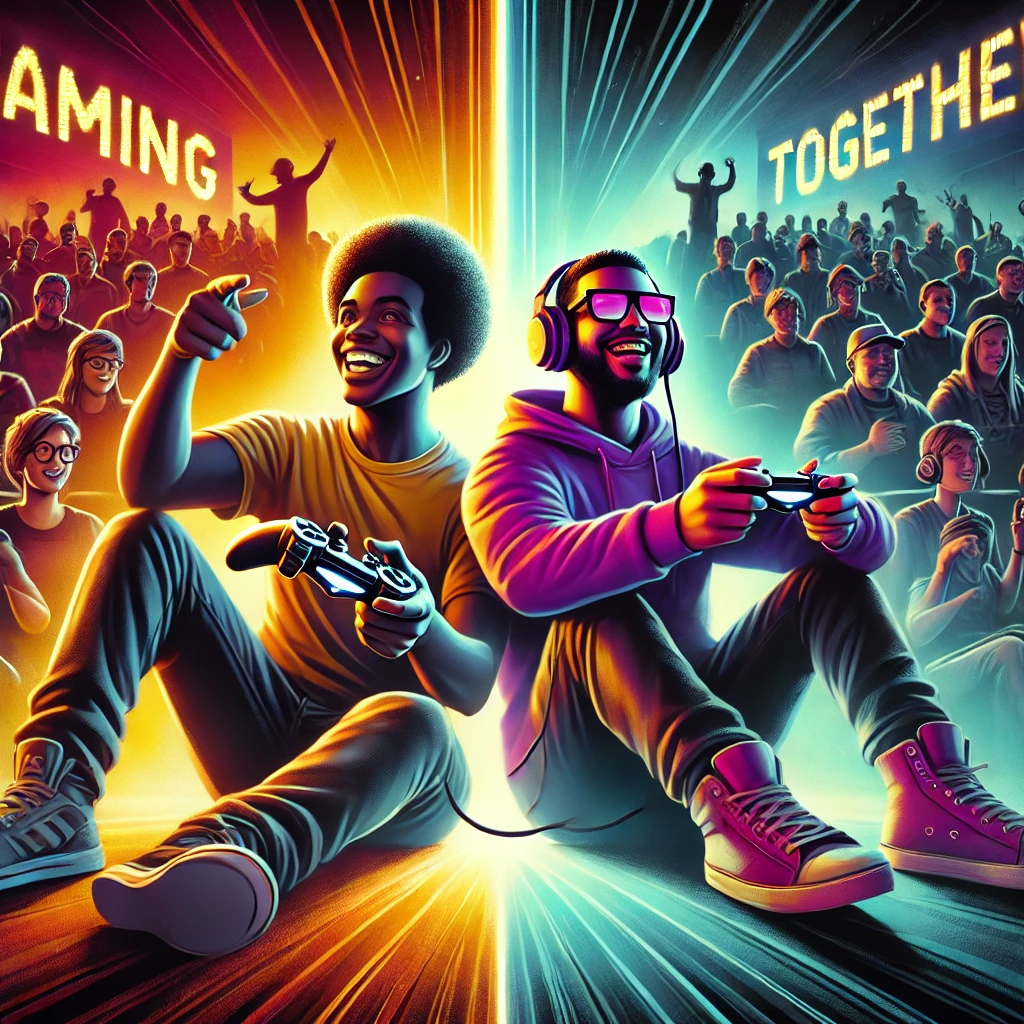What Happened to Online Gaming Communities? A Call to Action
Remember the days of Halo 2 on Xbox Live? Back then, gaming wasn’t just about the competition; it was about connection. Players would squad up, strategize, and often forge real-life friendships with teammates on the other side of the controller. The Battlefield series gave us a sense of camaraderie, of being part of a “band of brothers,” where victories were celebrated and defeats only made the group stronger. But today, gaming communities often seem more toxic than unifying. Instead of banding together for fun and teamwork, players frequently tear each other down. Why is that?
The Psychology of Online Behavior
At its core, the shift in online gaming behavior is tied to several psychological and behavioral factors. Let’s break them down:
1. The Anonymity Effect
When people are anonymous, they are more likely to act in ways they wouldn’t in face-to-face interactions. This is called the “online disinhibition effect.” Anonymity removes accountability, making it easier for individuals to lash out or criticize others without fear of real-world consequences. This behavior, often mislabeled as harmless banter, can quickly escalate into toxicity.
Example: Imagine you’re at a coffee shop. If someone spilled their drink, you’d likely offer help rather than ridicule them. But in an online game, if a teammate makes a mistake, some players—emboldened by their anonymity—might mock or berate them.
2. Competitive Pressure
Online games have become more competitive over the years. Rankings, leaderboards, and skill-based matchmaking create an environment where winning often feels like the only goal. This hyper-competitive culture can breed frustration, especially when teammates are perceived as not “pulling their weight.”
Example: In Call of Duty: Warzone, a missed shot or poorly timed move can mean the difference between victory and defeat. Instead of seeing mistakes as learning opportunities, some players lash out, blaming others to deflect their own frustrations.

3. Echo Chambers and Reinforced Behaviors
Toxicity thrives in echo chambers. Online forums and gaming communities sometimes reward bad behavior, reinforcing it through likes, laughs, or attention. Over time, this creates a feedback loop where negativity becomes normalized.
Example: A player who mocks someone in a public lobby might get cheered on by others. This encouragement can validate their behavior, making them more likely to repeat it.
What’s Changed in Gaming Culture?
1. From Cooperation to Individualism
In earlier gaming eras, many multiplayer games emphasized cooperation. You couldn’t win a Halo 2 match without teamwork. Today, many popular titles, like Fortnite or Apex Legends, reward individual achievements as much as—if not more than—team success. This shift has cultivated a “me-first” mentality.
2. The Rise of Streaming and Content Creation
With platforms like Twitch and YouTube, gaming is now a spectator sport. Some players perform for an audience, which can incentivize dramatic, attention-seeking behaviors. Trash talk or trolling becomes a way to entertain viewers, perpetuating negative interactions.
3. Algorithmic Polarization
Social media algorithms prioritize engagement, which often means amplifying extreme opinions or behaviors. When gaming content focuses on “rage quitting” or toxic outbursts, it reinforces the idea that these are acceptable—even entertaining—parts of gaming culture.
How Can We Rebuild Healthy Communities?
1. Pause and Reflect
Before reacting negatively to a teammate or opponent, ask yourself: Why am I upset? Is this response constructive? Often, our frustrations come from within—a bad day, unmet expectations, or misplaced priorities. Recognizing this can stop toxicity in its tracks.
2. Foster Positive Reinforcement
When someone makes a good play or demonstrates sportsmanship, call it out. Positive reinforcement encourages better behavior and creates a more enjoyable experience for everyone.
Example: Instead of focusing on a teammate’s mistake, highlight their good decisions: “Nice cover fire back there!”
3. Set Personal Boundaries
If toxicity starts to wear on you, it’s okay to take a break. Mute toxic players, leave unproductive conversations, or switch to games with more cooperative communities.
4. Be an Advocate for Change
Speak up against toxic behavior when you see it. This doesn’t mean engaging in arguments but setting an example of kindness and respect.
Example: If someone insults another player, counteract it with encouragement: “Hey, we all make mistakes. Let’s focus on the next round.”
Looking Within
Let’s end with some introspection: What role do you play in your gaming community? Are you fostering camaraderie or contributing to toxicity? Understanding your own behavior is the first step toward creating healthier spaces. Gaming should be a source of joy, not stress—a place to connect, not divide.
By rediscovering the values of teamwork, respect, and mutual support, we can bring back the sense of community that once made online gaming so special. The next time you log on, remember: every interaction is an opportunity to build someone up or tear them down. Which will you choose?
Call to Action
It’s time to reclaim the spirit of online gaming communities. Be the change you want to see—whether that means mentoring a new player, squadding up with strangers, or simply choosing kindness over criticism. Let’s make gaming about connection again, one match at a time.

